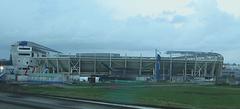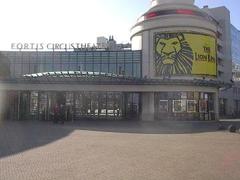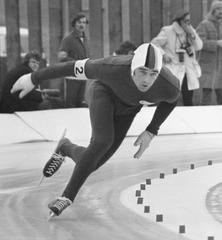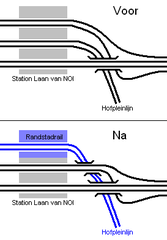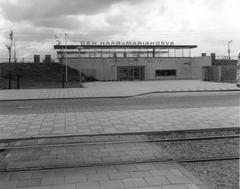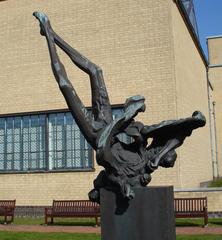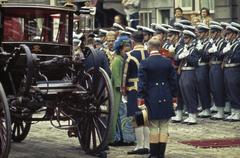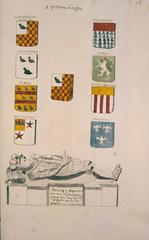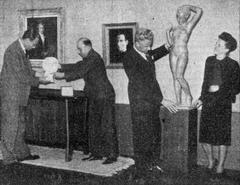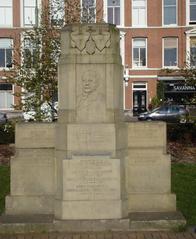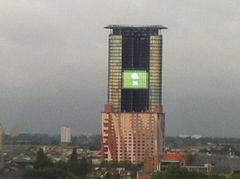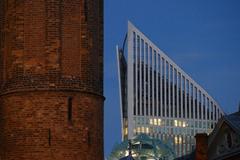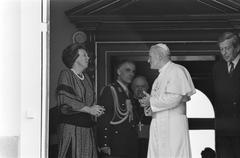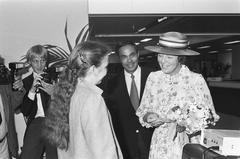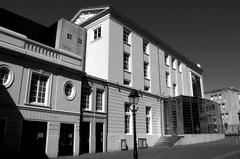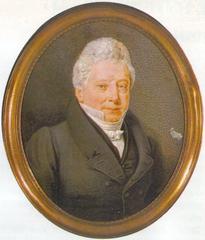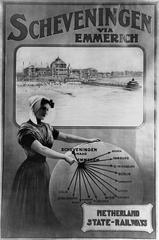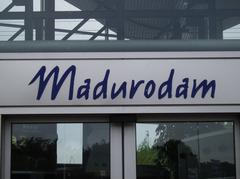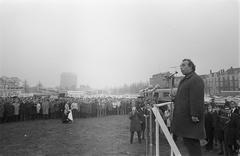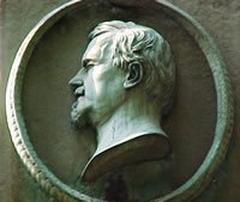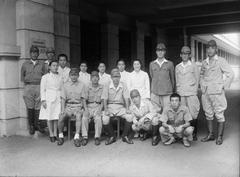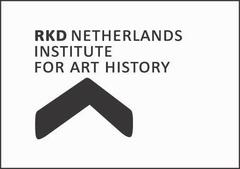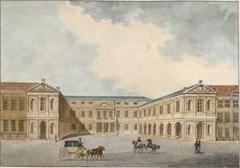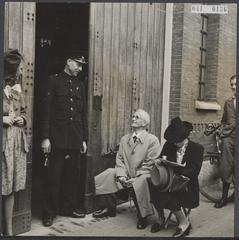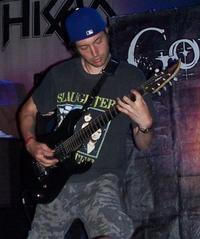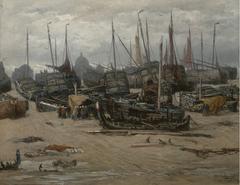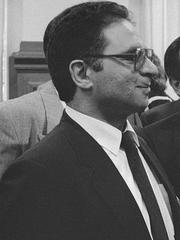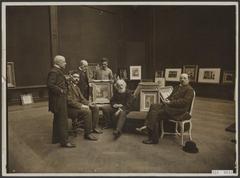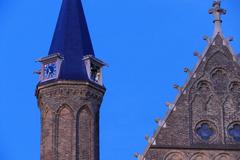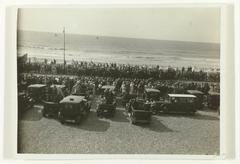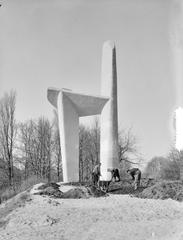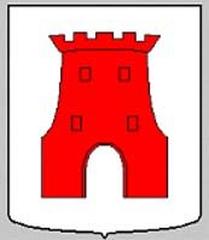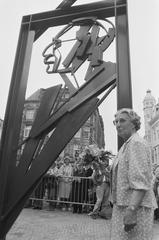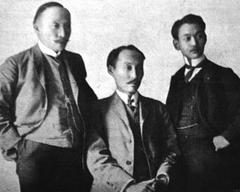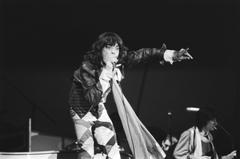
De Blauwe Aanslag: Visiting Hours, Tickets, and Historical Sites in The Hague
Date: 04/07/2025
Introduction
De Blauwe Aanslag, once a cornerstone of alternative culture and grassroots activism in The Hague, Netherlands, remains one of the city’s most influential cultural landmarks—even though its original building was demolished in 2003. Occupied by squatters in 1980, this former tax office became a thriving self-managed community and a hub for activism, creativity, and social innovation. While the building no longer stands, its legacy is alive in The Hague’s vibrant arts scene, successor communal spaces, and ongoing urban activism.
This guide provides a detailed overview of De Blauwe Aanslag’s history, cultural significance, and practical advice for visitors wishing to engage with its story and The Hague’s alternative heritage. For further research, see Squat!net, Haagse Historie, and Wikiwand.
Contents
- Introduction
- Historical Overview: Origins, Legalization, and Demolition
- Social and Cultural Impact
- Visiting De Blauwe Aanslag Today
- Practical Visitor Information
- Nearby Attractions in The Hague
- Events and Cultural Activities
- Food, Drink, and Nightlife
- FAQs
- Conclusion and Visitor Recommendations
- Further Reading and Sources
Historical Overview: Origins, Legalization, and Demolition
Origins and Early Years (1980–1990)
De Blauwe Aanslag was established in December 1980 when squatters occupied a vacant 19th-century tax office at Buitenom 216. The name—literally “The Blue Attack”—alluded to the blue envelopes used by the Dutch tax authorities, humorously referencing the building’s former role (Haagse Historie). Its occupation was part of a broader Dutch squatting movement, driven by housing shortages and urban neglect.
From the outset, the residents transformed the space into a self-managed social center, hosting a diverse community and a wide range of activities: a vegan restaurant, bookshop, cinema, workshops, bar, and cooperative food initiatives (Squat!net).
Negotiations and Legalization Efforts (1990–1995)
By the 1990s, De Blauwe Aanslag was deeply embedded in The Hague’s social fabric. The city council entered negotiations with the collective, resulting in government-supported renovations and a plan to transfer the building’s ownership to its residents. The first phase of renovations was completed in 1993, marking a peak in collaborative urban renewal (Squat!net).
Conflict and Demolition (1995–2003)
The cooperative relationship soured in 1995 when the council halted renovations and announced plans to demolish the building for road expansion. This sparked a decade-long legal and political struggle, with residents organizing protests and fighting eviction through the courts. Despite widespread support and the collective’s resistance, a court ruling in 2003 permitted eviction before appeals were exhausted. On October 3, 2003, riot police evicted the occupants and demolished the building (Wikiwand).
Social and Cultural Impact
De Blauwe Aanslag was more than a squat; it was a vibrant community and a laboratory for grassroots innovation. It provided:
- Affordable housing and workspace for around 200 residents
- Vegan restaurant and food collective (voko)
- Bookshop and library specializing in radical literature
- Cinema and concert venue for independent film and music
- Workshops for metal, woodworking, printing, and publishing
- Radio Tonka, an influential free radio project
- Political organizing, including resistance to eviction and campaigns for affordable housing
The site became a model for the “broedplaats” (breeding ground) approach, later adopted by Dutch municipalities to support creative and social initiatives (Haagse Historie). Its influence lives on in successor venues such as De Grote Pyr and in the city’s ongoing cultural activism.
Visiting De Blauwe Aanslag Today
Site Status and Accessibility
- Location: The original building stood at Buitenom 212-216, near The Hague’s city center (RouteYou).
- Current Status: The building was demolished in 2003. Today, the site is part of an urban road network, with no physical remains or commemorative markers.
- Visiting Hours and Tickets: There are no visiting hours or tickets required, as the site is now a public urban space.
How to Experience the Legacy
While the original building no longer exists, visitors can:
- Explore successor projects: De Grote Pyr (Waldeck Pyrmontkade) continues the tradition of self-managed, communal cultural space (Wikiwand).
- Tune in to Radio Tonka: The free radio station founded at De Blauwe Aanslag remains active.
- Attend art walks and exhibitions: Events such as Hoogtij and exhibitions at local museums often reference The Hague’s squatter heritage.
- Join guided tours: Occasional walking and cycling tours highlight the history of squatting and alternative culture in The Hague.
Nearby Attractions
The former site of De Blauwe Aanslag is within walking distance of major sites, including:
- Mauritshuis Museum: Home to Vermeer’s “Girl with a Pearl Earring” (PlanetWare)
- Binnenhof: The seat of Dutch government
- Kunstmuseum Den Haag: Renowned for modern art and architecture
- Madurodam: A miniature park featuring Dutch landmarks (Earth Trekkers)
- Scheveningen Beach: A vibrant seaside resort
Practical Visitor Information
Getting to The Hague
- By Air: The Hague is accessible from Amsterdam Schiphol Airport via frequent train service (about 54 minutes; Rome2Rio).
- By Train: Arrive at Den Haag Centraal or Hollands Spoor stations.
- By Bus or Taxi: Bus and rideshare options are available.
Local Transport
- Public Transport: Trams and buses serve the city efficiently. Use an OV-chipkaart or single-use ticket (Hidden Holland).
- Cycling: The Hague is bike-friendly, with extensive rental options.
Accommodation
Accommodation ranges from luxury hotels to budget hostels. For lower prices, consider staying just outside the center or in nearby towns such as Delft or Rijswijk (Destination Abroad).
Best Times to Visit
- Spring (April–June): Pleasant weather, tulip season, and King’s Day festivities.
- Autumn (September–October): Mild climate and fewer crowds.
- Winter: Quieter, with festive events and indoor attractions.
Safety and Accessibility
The Hague is considered safe, with low crime rates. The city is walkable and generally accessible for those with mobility needs, though visitors should check individual venues for specific details.
Cultural Etiquette
Dutch culture values punctuality, directness, and respect for personal space. Tipping is appreciated but not obligatory.
Events and Cultural Activities
- Hoogtij Art Walk: A quarterly event with open contemporary art venues (Hoogtij).
- Exhibitions on squatter culture: Held periodically at museums and archives.
- ICI The Hague: Platform for independent creative initiatives (ICI The Hague).
Food, Drink, and Nightlife
The Hague’s dining scene is diverse, with options from international cuisine to local cafés. Prices in central areas can be high, but affordable eateries abound. Nightlife is vibrant in creative neighborhoods and at venues linked to the city’s alternative heritage (Destination Abroad).
Frequently Asked Questions (FAQ)
Q: Is De Blauwe Aanslag open to visitors?
A: No, the building was demolished in 2003. The site can be viewed as part of the urban landscape, and its legacy is celebrated in local cultural venues.
Q: Are tickets required to visit?
A: No tickets are needed for the original site. Tickets may be required for nearby museums or events.
Q: How do I learn more about De Blauwe Aanslag?
A: Visit Haagse Historie, explore digital archives, or attend local exhibitions and art walks.
Q: Are there successor projects?
A: Yes, De Grote Pyr and Radio Tonka continue the spirit of De Blauwe Aanslag.
Q: Is the site accessible for people with disabilities?
A: The area is a public road with standard accessibility; individual venues nearby may offer additional facilities.
Visuals and Media

Image: De Blauwe Aanslag in the early 1990s, a center of alternative culture.
View map of the former location of De Blauwe Aanslag
For further visuals, see Wikimedia Commons - Blauwe Aanslag.
Summary and Visitor Recommendations
De Blauwe Aanslag’s demolition marked the end of an era but not its cultural influence. Its story highlights the dynamic between grassroots activism and city development in The Hague. Visitors can connect with its legacy by:
- Visiting successor cultural centers like De Grote Pyr
- Attending events such as Hoogtij
- Exploring online archives and local exhibitions
- Enjoying nearby historic sites such as Mauritshuis and Binnenhof
For up-to-date information on events, tours, and cultural programming, consult the The Hague Tourist Board, I amsterdam, Squat!net, and Haagse Historie.
Sources and Official Links
- Squat!net: Save De Blauwe Aanslag
- Haagse Historie
- Wikiwand: De Blauwe Aanslag
- Destination Abroad
- Hidden Holland
- Rome2Rio
- Hoogtij Art Walk
- Wikimedia Commons - Blauwe Aanslag
- The Hague Tourist Board
- I amsterdam
- PlanetWare
- Earth Trekkers
- ICI The Hague
- RouteYou
For more on The Hague’s alternative heritage, download the Audiala app, explore our related guides, and follow us on social media for updates on tours and cultural events.

